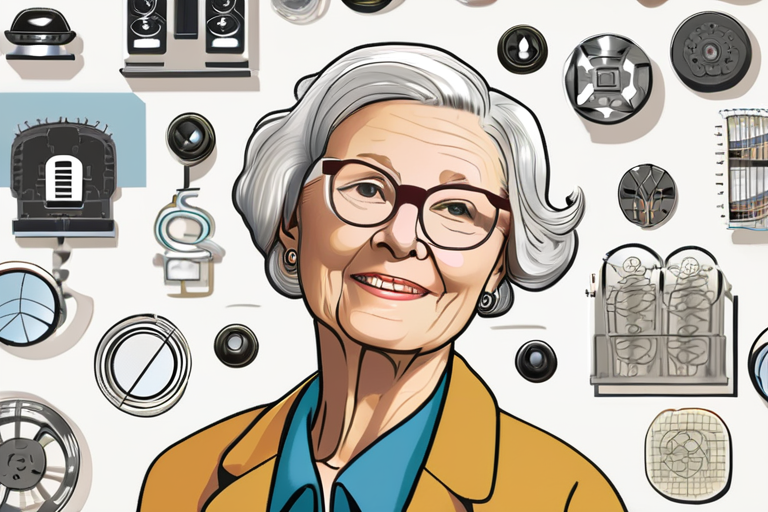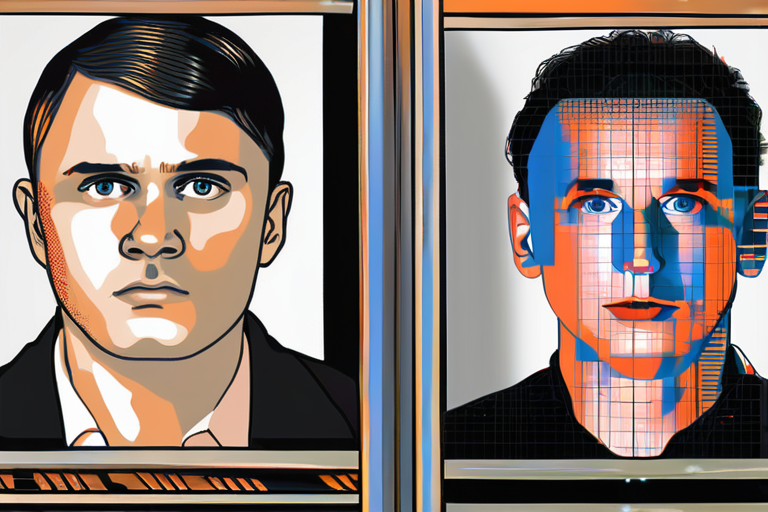Millie Dresselhaus: A Legacy of Pioneering Research and Inspiration
In a career spanning over 57 years at the Massachusetts Institute of Technology (MIT), Mildred "Millie" Dresselhaus left an indelible mark on the scientific community. Her groundbreaking work in understanding the properties of carbon, one of the most abundant elements in the universe, has paved the way for significant advancements in various fields.
Dresselhaus, affectionately known as the "Queen of Carbon," employed innovative techniques, including the use of laser light, to probe the inner workings of carbon. Her research focused on distinguishing between different forms of carbon, such as flat sheets and crystals, which has far-reaching implications for energy production, medicine, and materials science.
"Millie's work was a game-changer," said Dr. Maria Zuber, Director of the MIT School of Science. "Her dedication to understanding the properties of carbon has inspired generations of scientists to explore its potential applications."
Dresselhaus's research has been instrumental in developing new technologies for producing clean energy and improving medical treatments. Her work on carbon-based materials has also led to breakthroughs in fields such as nanotechnology, electronics, and aerospace engineering.
Throughout her career, Dresselhaus was a tireless advocate for the importance of basic scientific research. She believed that understanding the fundamental properties of matter was essential for addressing some of the world's most pressing challenges.
"Millie's legacy extends far beyond her own research," said Dr. Robert Birgeneau, former President of the University of California, Berkeley. "She inspired countless students and colleagues to pursue careers in science, technology, engineering, and mathematics (STEM) fields."
Dresselhaus remained actively involved in research and teaching at MIT until her passing in 2017. Her contributions to the scientific community have been recognized with numerous awards, including the National Medal of Science.
As researchers continue to build upon Dresselhaus's work, new developments are emerging that hold promise for addressing global challenges. For example, scientists are exploring the use of carbon-based materials for energy storage and conversion, which could revolutionize the way we generate and consume power.
In conclusion, Millie Dresselhaus's pioneering research has forever altered our understanding of matter and its potential applications. Her legacy serves as a testament to the power of scientific inquiry and the importance of investing in basic research to address some of humanity's most pressing challenges.
Background:
Mildred "Millie" Dresselhaus was born on November 11, 1930, in Berlin, Germany. She earned her Ph.D. in physics from the University of Chicago in 1958 and joined the MIT faculty in 1967. Throughout her career, she held various positions at MIT, including Institute Professor and Director of the Materials Science and Engineering Program.
Additional Perspectives:
Dresselhaus's work has also been recognized for its potential to address climate change. "Millie's research on carbon-based materials could help us develop more efficient ways to store and convert energy," said Dr. Daniel Nocera, a Harvard University professor who has worked with Dresselhaus on various projects.
Current Status:
Researchers continue to build upon Dresselhaus's work, exploring new applications for carbon-based materials in fields such as energy, medicine, and aerospace engineering. The MIT School of Science is currently home to several research groups focused on advancing our understanding of carbon and its potential applications.
Next Developments:
As researchers continue to push the boundaries of what is possible with carbon-based materials, we can expect new breakthroughs in various fields. Stay tuned for updates on the latest developments in this rapidly evolving field.
*Reporting by Technologyreview.*







